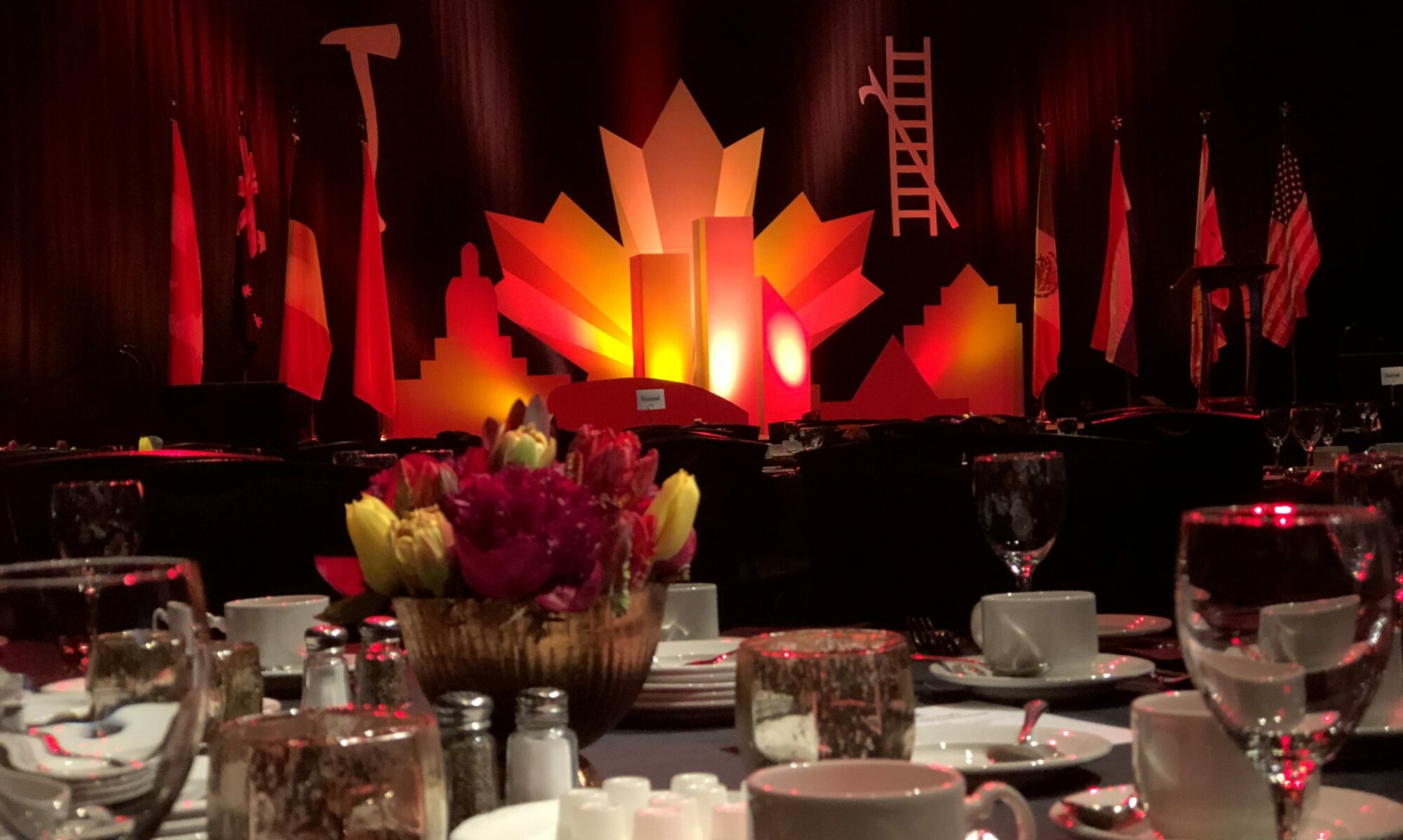Lighting Design at Keylite Design
Lighting design plays a crucial role in event production, impacting various aspects of the event experience. At Keylite Design Inc., our designs are backed by over 25 years of experience. We’ve seen it all, and have likely done it all before. You can rest easy knowing our qualified designer can take your concept to reality.

Even if you don’t quite know what you want, we can still design an unforgettable lighting experience for your event.
Here’s the process:
Gather information about the event
- Where is the Venue?
- What kind of event is it? (Product Launch, Corporate AGM, Trade Show, Concert, etc.?)
- Is there an event coordinator?
- What is the clients’ vision for the event?
Complete a site visit
- What are the power requirements?
- We will need to measure out the dimensions of the room, and determine the orientation of the event.
- Check the engineering blueprints of the building to ensure it has adequate rigging points if truss is required.
- Look out for things that may interfere in the lighting design (windows, beams, corners, etc.)
Draft the venue
- If the project is significant, we will often draft the entire building spec’s into our drawing. This allows us to have an accurate idea of our loads, rigging points, and how the end result will look.
- This also allows us to gather accurate measurements for choosing which gear and lengths of cable will be needed.
Identify the requirements of the event
- Illuminance (brightness needed)
- Glare control
- Desired mood of the space – what type of energy do you want the audience to feel? (Calm, excited, energized, etc.?)
- Are there elements or décor that need emphasis?
- The direction of light
- Interaction with daylight (Are there windows? What time of day is the event?)
What is the method of lighting and how will it will be delivered?
- Will there be a need for stationary lighting for ambience, or lighting catering tables?
- Are there large open spaces in large ballrooms that could use interesting patterns, while still needing to be illuminated?
- Are there different functions happening on a stage that require moving lights to showcase the different scenes or draw the audience to different areas?
- Is there a background or drapery that needs uplighting?
- If the building does not have rigging points, can fixtures be set on stage or front of house to illuminate the speaker? Does the light need to move?
- Perhaps it is a concert, will blinders or strobe effects be required?
- Hazer or fog to showcase the beams?
Determine the lighting requirements
- How bright does it need to be?
- Will there be cameras, and will it be broadcast on TV or projectors?
- Is there enough power, and what type of power distribution is required for the lighting
- Is glare control or diffusion required?
- What colors are required?
- Size of the beam? Angle of the beam? Coverage required?
- Do the fixtures need to be pre-addressed due to lack of availability of immediate power on site? (ie. Stage-Line shows)
Determine the control required
- How many fixtures are there? How many channels do they require?
- Is it a stand-alone show (on/off) or does it require programming?
- How many outputs are required?
- What kind of console training does the operator have?
- Will they require the show to be pre-programmed?
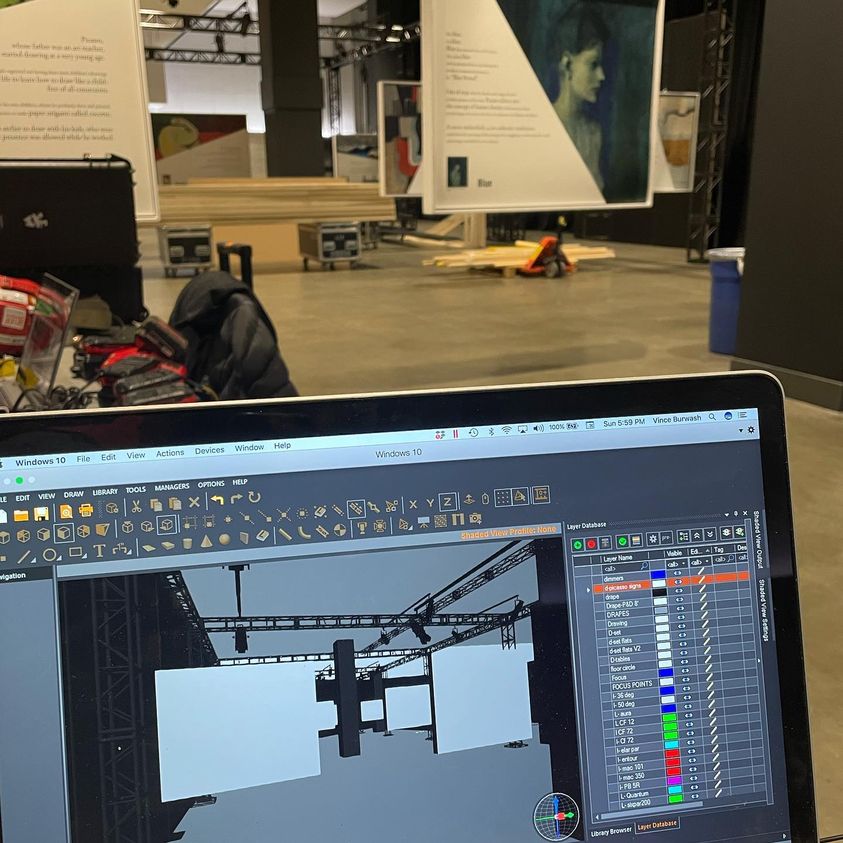
All of this takes time and experience to execute efficiently. A well-executed lighting plot enhances the event experience, emphasizing focal points and creating the desired atmosphere! That’s why we use state-of-the-art lighting design software to implement every detail.

WYSIWYG (What You See Is What You Get) is an all-in-one lighting design software that provides a comprehensive suite of tools for lighting professionals. This is how we can live our values and deliver what was promised.
If your show requires significant planning and design, we can provide a render of the lighting design so you can see how the lighting will look in the actual space. Hence – what you see is what you get!
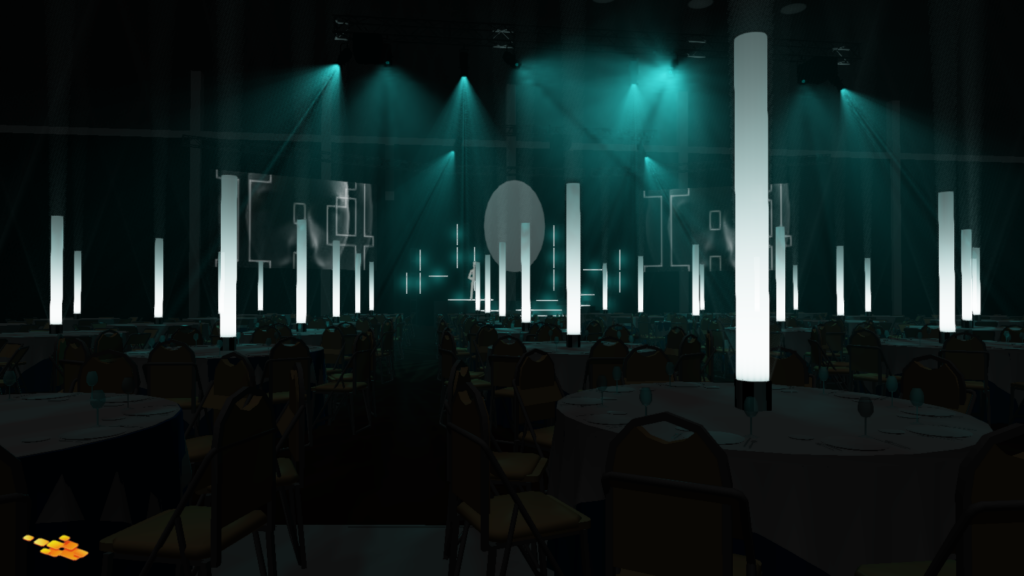
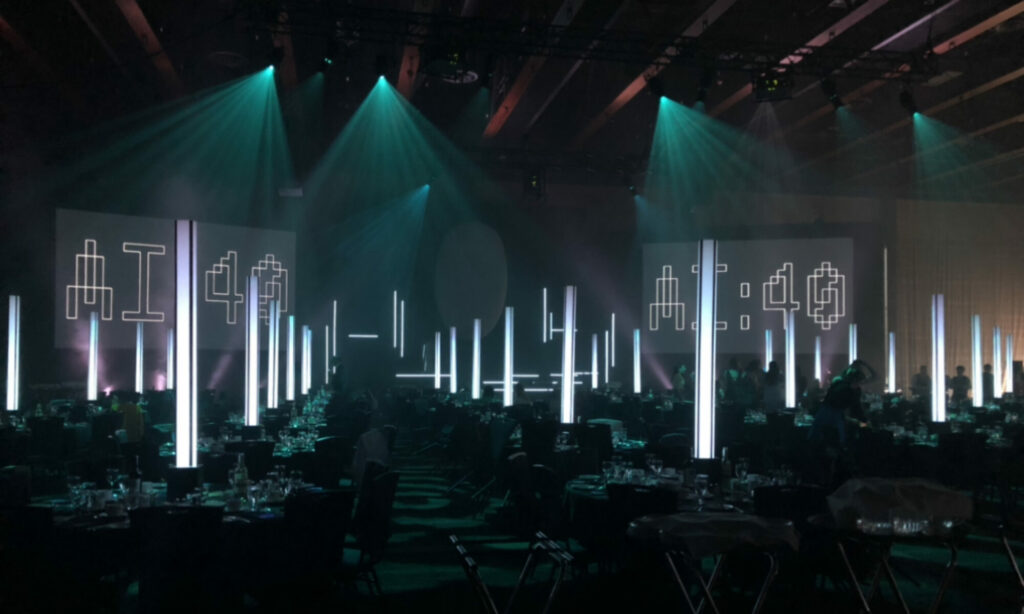
Learn more about what we do.
